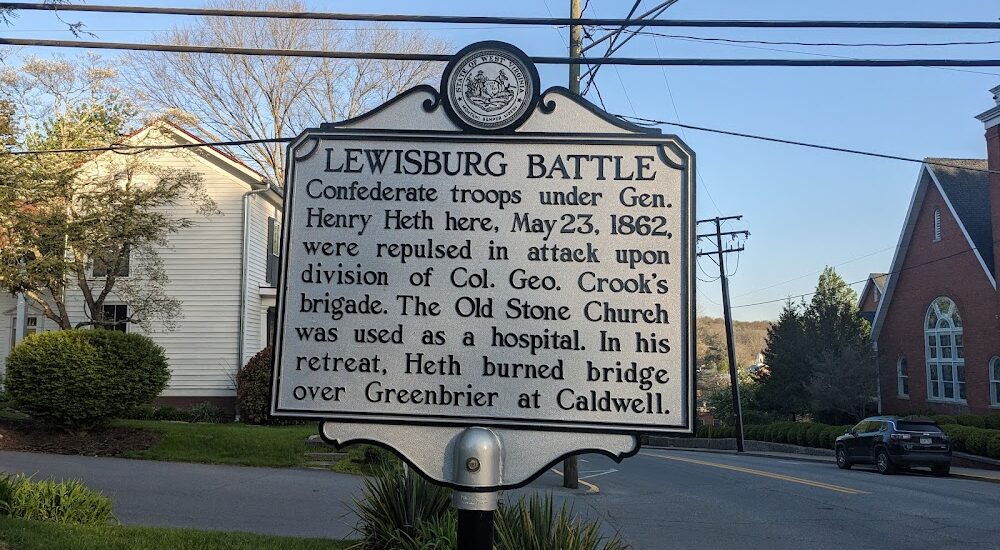Welcome to the Greenbrier Military School Historical Marker in Lewisburg, West Virginia. This marker stands as a testament to a rich history that dates back to the early 19th century. The story begins in 1808-09 when Dr. John McElhenney, a Presbyterian pastor, established the first school here, known as the Lewisburg Academy, which was chartered as an academy in 1812. This institution was co-educational, a significant feature during that era. However, as time progressed, the academy split into two distinct institutions: the Greenbrier Military School (GMS) and the Greenbrier College for Women.
Throughout its storied history, Greenbrier Military School played a pivotal role during the Civil War, serving as both barracks and a hospital. This location was not only a place of learning but also a crucial part of military logistics during times of conflict. In 1920, the institution was purchased by Col. Houston B. Moore and his brothers, Captains Joseph M. and D.T. Moore, who reinstated a military curriculum. This transformation marked a new era for the school, which became one of the oldest privately owned military schools in the United States.
The school was accredited by several prestigious organizations, including the Virginias Military Schools League and the National Association of Military Schools. Its campus, with dormitories housing up to 250 cadets, attracted young men from Virginia and beyond, emphasizing military training as an integral part of its educational program.
Interestingly, the Greenbrier Military School shared more than just a geographical location with the Greenbrier College for Women. Both institutions maintained a close relationship, sharing a vocal ensemble that performed across West Virginia and attending church services together at the Old Stone Presbyterian Church every Sunday.
The Greenbrier Military School closed its doors in 1972, but its legacy continues to live on through the West Virginia School of Osteopathic Medicine, which now occupies the site. As you stand here, imagine the cadets who once marched these grounds, the echoes of military drills, and the whispers of a bygone era that still linger in the air.






